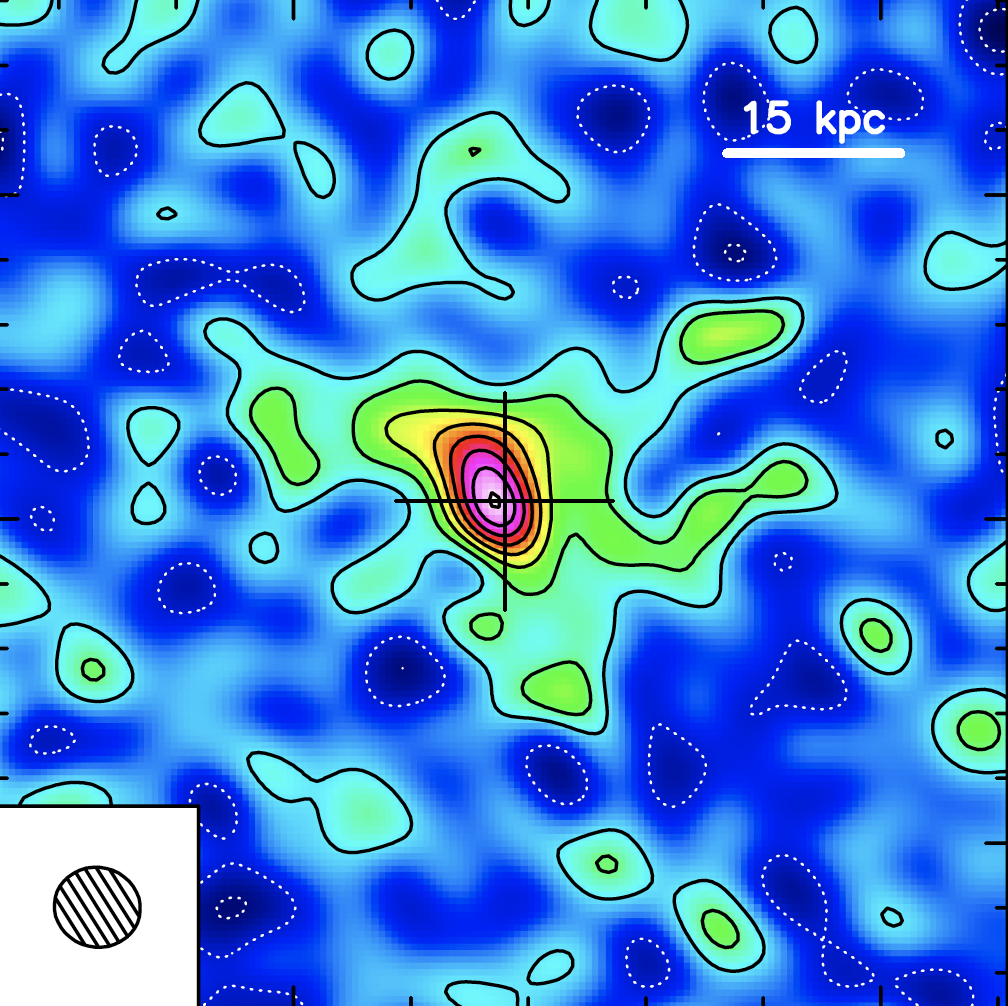The structure of the interstellar medium can be severely altered due to the presence of bright stars, which affect the surrounding with UV radiation, winds and eventually supernovae explosions. To study the stellar feedback on the ISM, we have run 3D numerical simulation using the code RAMSES-RT, including coupled hydrodynamics, radiative transfer and a complex chemical network tracking up to the formation of H2. The effect of stars forming close to small molecular clumps (M=10-200 M⊙) has been studied with different impinging fluxes (G0 = 2e3 to 8e4 in Habing units). All considered clumps are gravitationally unstable even after that radiation has ripped off most of the clump mass, showing that external FUV radiation regulates but doesn't stop clump collapse and star formation.
Finally, we have run a simulation of a whole 1e5 M⊙ GMC where massive stars are tracked individually, including radiation tracked with 10 photon bins, stellar winds and supernovae. Winds and UV radiation are able to dissolve and sweep away the gas in the cloud in about 1.6 Myr, even before the first supernova can explode. This result support the idea of short-lived and rapidly star-forming molecular clouds.

Please join the Zoom Colloquium at: https://uio.zoom.us/j/61192236827?pwd=YWN3ZFhMTzZiZEZ5TS8zV3JzcWRuQT09
Meeting ID: 611 9223 6827
Password: 151553
